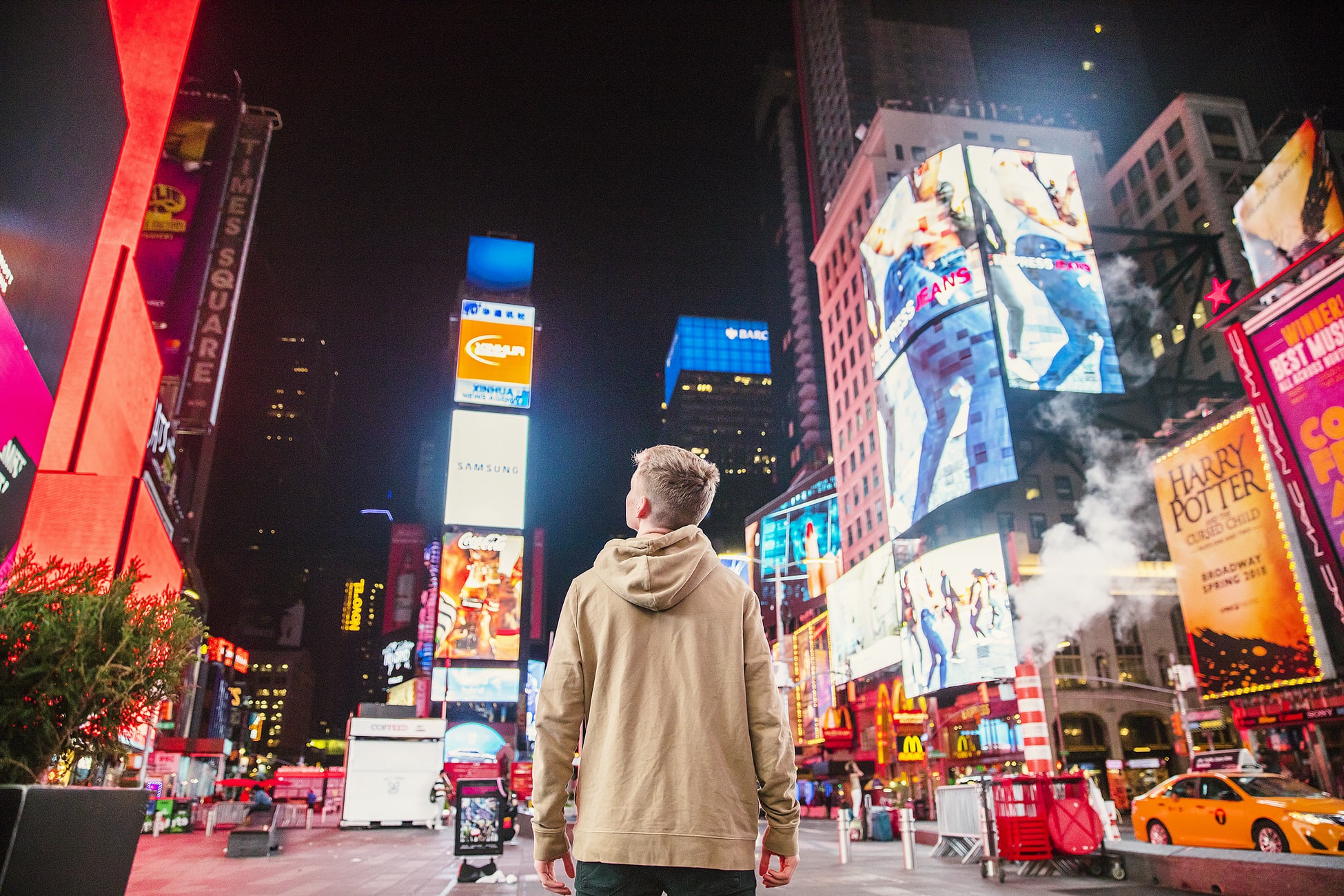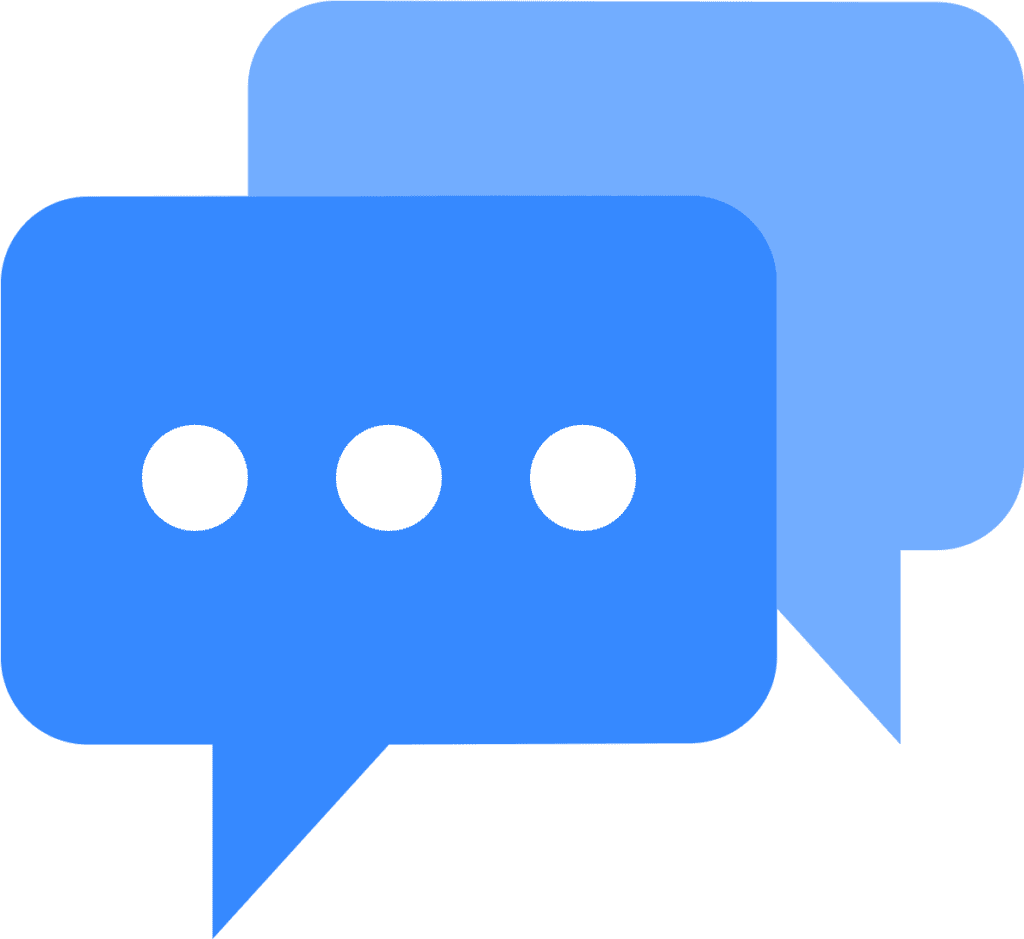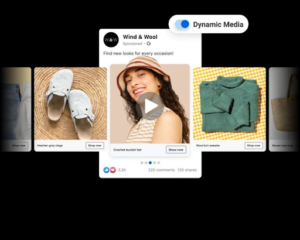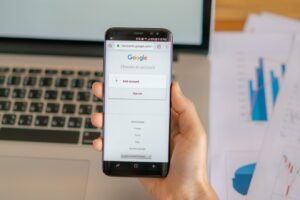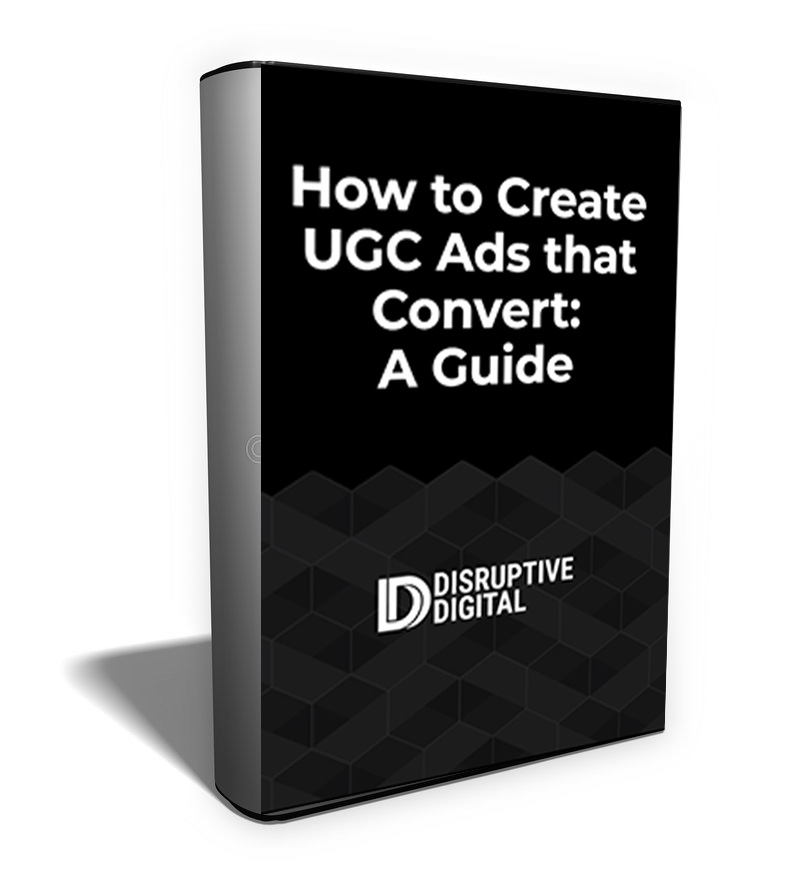Advertisers that pride themselves on being performance-first marketers are all about the data. An analytics-heavy, data-focused approach is exceptional in marketing and advertising, and clear metrics should guide your campaigns overall.
We’ve noticed, however, that many performance marketers have a blind spot when it comes to brand awareness metrics.
They focus almost exclusively on clear data that’s exceptionally easy to track and measure, like direct conversion rates or click-through rates. As a result, they often accidentally neglect hidden metrics that may be murkier to track but that still may be impacting their ROI directly.
With over a decade of combined experience working at Facebook in the advertising department, both Adrian and I here at Disruptive Digital know that brand awareness metrics are an essential part of the overall picture.
In this post, we’re going to discuss why brand awareness metrics matter on Facebook for performance marketers, three different ways to measure your in-market awareness, and how to use this information to contextualize your direct response campaigns moving forward.
What We Mean by Brand Awareness Metrics
Brand awareness metrics are considered “softer” metrics by some performance marketers; they aren’t necessarily tied directly to immediate conversions, but they’re still important for the growth of your campaigns and your business.
They can help you assess how much impact your media is having when it comes to growing your brand into a recognizable household name.
What percentage of your target audience has ever heard of your brand before? Are they more or less familiar with you than your competitors?
You want to be the go-to business in your industry and for customers to feel confident in purchasing from you. Brand awareness is a crucial part of that, because driving impulse conversions shouldn’t be your only goal (or your primary goal, for that matter).
How Brand Awareness Metrics Impact Performance Brands
FREE GUIDE
Digital Marketing Attribution and Measurement Roadmap
We layout a roadmap of all the measurement and attribution tools direct response advertisers should use to better understand their media’s impact.
Paid social ads can have an immediate and direct impact on your business. You run a campaign, and users can click and convert or not. One action sometimes immediately follows another and produces a clear result.
In reality, however, the overall results stemming from paid social ads can be a little murkier, especially when you’re targeting cold audiences.
Most users, for example, typically need to see an ad multiple times before they’re ready to convert. This is sometimes referred to as the “Rule of 7,” which claims that users need to see ads from a business (not necessarily the exact same ad each time) seven times on average before converting.
While the exact number of times users need to see an ad varies heavily on a number of factors including the typical buyer’s journey for your audience, the general sentiment holds true: Increasing brand awareness and recognition is a massive part of the marketing process. And because of this, brand awareness data should be considered key metrics for Facebook Ads.
Why Brand Awareness Plays Such a Crucial Role
It’s essential to remember that marketing and advertising are holistic. Even if an ad campaign is focused on a singular connection with users to drive instant leads, sales, or event sign-ups, that doesn’t just happen in a bubble. You need to be setting up intentional funnels designed to establish brand awareness and product interest or you could miss out on a high volume of sales.
There’s strong data to back this up. A 2019 study by Facebook itself found that by simply creating branded ads (as opposed to those with no visual brand identifier), they saw the following increase in results:
– 67% lift in conversions
– 67% lift in ad recall
– 71% higher incremental return on ad spend
Your digital identity is everything. Marketing is holistic, even if an ad campaign is focused on a singular connection with users, and if you aren’t accounting for setting up a funnel to build brand awareness and product interest, you could easily miss out on a lot of sales.
Small businesses selling activewear shoes may struggle to compete in the market against larger brands like Nike if they don’t understand exactly where they stand.
This is particularly true on a platform like Facebook, where the barrier of entry is extremely low. You’re competing against both new fledgling businesses and household-name level corporations, so building up your own brand awareness is key.
3 Ways to Track & Measure Brand Awareness with Facebook Ads
FREE GUIDE
Digital Marketing Attribution and Measurement Roadmap
We layout a roadmap of all the measurement and attribution tools direct response advertisers should use to better understand their media’s impact.
Paid social ads can have an immediate and direct impact on your business. You run a campaign, and users can click and convert or not. One action sometimes immediately follows another and produces a clear result.
In reality, however, the overall results stemming from paid social ads can be a little murkier, especially when you’re targeting cold audiences.
Most users, for example, typically need to see an ad multiple times before they’re ready to convert. This is sometimes referred to as the “Rule of 7,” which claims that users need to see ads from a business (not necessarily the exact same ad each time) seven times on average before converting.
While the exact number of times users need to see an ad varies heavily on a number of factors including the typical buyer’s journey for your audience, the general sentiment holds true: Increasing brand awareness and recognition is a massive part of the marketing process. And because of this, brand awareness data should be considered key metrics for Facebook Ads.
Why Brand Awareness Plays Such a Crucial Role
It’s essential to remember that marketing and advertising are holistic. Even if an ad campaign is focused on a singular connection with users to drive instant leads, sales, or event sign-ups, that doesn’t just happen in a bubble. You need to be setting up intentional funnels designed to establish brand awareness and product interest or you could miss out on a high volume of sales.
There’s strong data to back this up. A 2019 study by Facebook itself found that by simply creating branded ads (as opposed to those with no visual brand identifier), they saw the following increase in results:
– 67% lift in conversions
– 67% lift in ad recall
– 71% higher incremental return on ad spend
Your digital identity is everything. Marketing is holistic, even if an ad campaign is focused on a singular connection with users, and if you aren’t accounting for setting up a funnel to build brand awareness and product interest, you could easily miss out on a lot of sales.
Small businesses selling activewear shoes may struggle to compete in the market against larger brands like Nike if they don’t understand exactly where they stand.
This is particularly true on a platform like Facebook, where the barrier of entry is extremely low. You’re competing against both new fledgling businesses and household-name level corporations, so building up your own brand awareness is key.
3 Ways to Track & Measure Brand Awareness with Facebook Ads
To accurately track brand awareness well, you’ll need to dig a little deeper than Facebook Ad’s standard dashboard. Let’s take a look at three simple-but-reliable ways to track and measure the awareness your paid social ads is generating on Facebook, all of which come at no additional cost as long as you meet Facebook’s requirements (which we’ll touch on below).
1. Use Facebook’s Self-Serve Brand Surveys to Understand Customer Awareness & Its Impact on Conversion Rates
Facebook’s Brand Survey Tests is an exceptional polling-based tool that advertisers can use to better understand how their campaigns are impacting brand awareness and brand perception.
Note that while this survey is free, there are minimum ad spend requirements you need to reach to run this study over a minimum of 14 days. These minimums vary by location, with Canada requiring $19,000 USD, the US requiring $30,000 USD, and other countries ranging from $5,000 to $28,000. You can check your region here.
Even if you don’t have a Facebook Account Representative, you can still run a brand survey test by clicking here, and then selecting “Brand Survey.”
You can then set up the survey with a choice of three pre-written questions from a template. Question options include asking users if they remember seeing or interacting with your ads as well as additional questions like how familiar they are with your brand or how likely you are to purchase from your brand.
Once the results come back, the first thing you’ll want to do is assess overall awareness and favorability/familiarity/etc. in the market for your brand and how it may be impacting conversion costs. Ultimately there’s no way to know this for sure without this data.
We have a client, for example, who believed they had a strong brand familiarity in the market because they’d been in business for twenty years, and leaned heavily on a legacy creative approach to drive sales on Facebook. We asked consumers in their target audience how familiar they were with the brand, and only 20% in the control group (i.e. people who didn’t see their ads) were familiar with them.
This insight allowed us to shift creative strategies, as their current strategy wasn’t working as well and was driving up conversion costs.
2. Use Managed Brand Lift Studies to Assess Your Market Standing
Facebook’s Managed Brand Lift studies can also help you better understand your baseline awareness not just in general, but also compared to competitors.
While self-serve brand surveys can give you a fast understanding in the market, Facebook’s managed brand lift tests are more customizable in the types of questions you can ask. This can work to your advantage.
For businesses in competitive niches, this can provide incredibly valuable insights like how well you’re known in the market compared to your competition which can be difficult or costly to understand without utilizing a lift study.
For example you can use a brand lift study to ask your target audience “Which of the following brands have you heard from?” and list your top direct competitors and your own business.
This may also present opportunities you didn’t expect to find, which you can jump on immediately.
We have another sales-focused client, for example, who had the third-lowest awareness in the market when they first came to us according to an early brand polling we ran via our Facebook representative.
In addition to significantly increasing their awareness via branded direct response ads, we also found their more well-known competitors didn’t have as high of brand awareness with their target audience as initially believed. This gave us a chance to outspend them and run high-quality ads that increased their standing in the market significantly.
These are the requirements you need to run a managed brand lift test:
– A Facebook account manager
– $120K recommended minimum spend over 4-6 weeks (max 12)
– 2MM people reach required
– A 5-10% holdout for your control group (this percentage depends on the number of impressions you have and the size of your target audience. We use the control group to compare it to the exposed group, to see the effect of your ad on your target audience).
3. Measure Share of Voice to Assess Your Spending & Ad Presence
Facebook’s Share of Voice report is another free way to track your brand awareness compared to other advertisers in the market. While there are no minimums for accessing this data, it does require the help of a Facebook account representative.
The report allows you to understand the number of times your ads were shown in comparison to your vertical, sub-vertical, or competitor set. This can help you assess your ad presence overtime, and how you’re reaching different demographics.
Share of voice can be crucial in determining if you’re being outspent, or if you’re currently a market leader on the platform. You don’t want to find yourself drowned out by a bigger competitor even in the sheer number of ads, because that can be difficult to break through when you’re trying to drive conversions.
You can adjust your spending accordingly. If you aren’t able to increase your ad spend directly, you might choose to focus on new members in specific high-value niche audiences that will help you scale faster
Final Thoughts
Brand awareness metrics are an essential data point for performance marketers to understand the context around their other Facebook ad metrics.
There’s an enormous amount of actionable takeaways you get when studying brand awareness metrics closely, even if they’re a little harder to obtain. There’s absolutely no downside to running these tests if you have access to them since they’re free. You can see if you reach the minimum ad spend here, but it’s $30,000 USD for Americans.
Keep in mind that ad spend alone isn’t everything, so if you’re being outspent by your competitors, it’s not game over. You can easily offset lower media weight with strong creative, compelling websites that are easy to buy from, and competitive offers your audience will respond to.



